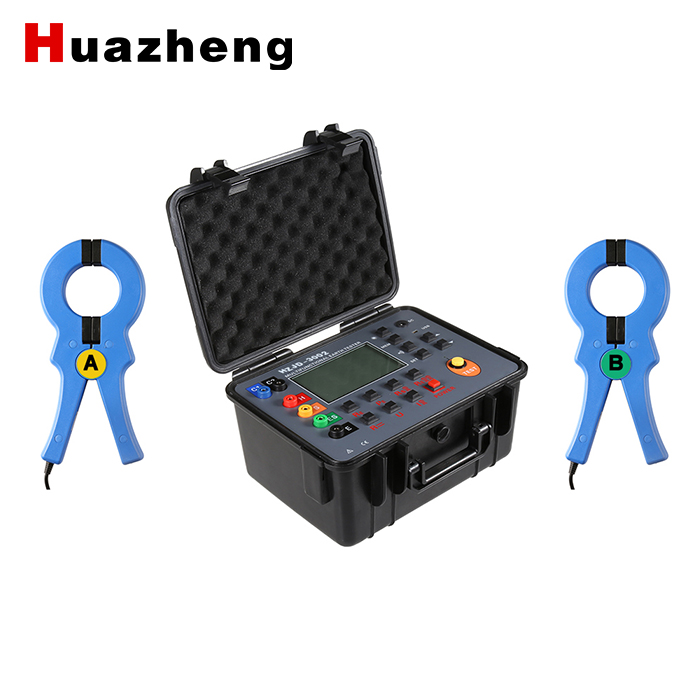Time: 2022-01-24 Author: 铧正 Click: 1630 Time

1.What is grounding?
Grounding is a low resistance connection between a circuit or device and ground. Any electrical system requires proper wiring and grounding for safe operation of the equipment. Proper cabling requires that the system, all loads, and circuit components be properly grounded and comply with industry standards, IEEE, and other recognized organization standards, guidelines, and recommendations.
2. What is grounding resistance?
The grounding resistance is the resistance encountered when the current flows from the grounding device into the ground and then flows through the ground to another grounding body or spreads far away. It includes the resistance of the grounding wire and the grounding body itself, and the contact resistance between the grounding body and the ground. And the resistance of the ground between the two grounding bodies or the grounding resistance of the grounding body to infinity. The size of the grounding resistance directly reflects the good degree of contact between the electrical device and the "ground", and also reflects the scale of the grounding grid. Under the conditions of single-point grounding system and strong interference, the measurement method of auxiliary ground level can be used for measurement. Ground resistance is mainly divided into the following three types:
1. Protective grounding: The metal casing of electrical equipment, concrete, poles, etc., may be charged due to insulation damage. The grounding is set up to prevent this situation from endangering personal safety.
2. Anti-static grounding: grounding flammable fuel oil, natural gas storage tanks and pipelines, electronic equipment, etc. to prevent the impact of static electricity hazards.
3. Lightning protection grounding: In order to introduce lightning into the ground, connect the grounding end of lightning protection equipment (lightning rods, etc.) to the ground to eliminate the damage of lightning overvoltage to electrical equipment, personal property, and grounding, also known as overvoltage protection grounding.
3. Several methods of grounding resistance measurement
(1). Single clamp measurement
Measure the grounding resistance of each grounding point in the multipoint grounding, and do not disconnect the grounding connection to prevent a hazard.
Suitable for: multi-point grounding, can not be disconnected, measure the resistance of each grounding point.
(2). Two-wire method
Condition: There must be a known good ground, and the measured result is the resistance sum of the measured ground and the known ground. If it is known that the resistance of the ground is much smaller than the measured ground, the measurement result can be used as the result of the measured ground.
Applicable to: dense buildings or cement grounds and other areas where the seal cannot be piled.
(3). Three-line method
Condition: There must be two ground rods: an auxiliary ground and a probe electrode. The spacing between each ground electrode is 5 to 10 meters. The principle is to add current between the auxiliary ground and the measured ground, measure the voltage drop between the measured ground and the detection electrode, and the measurement result includes the resistance of the measurement cable itself.
Suitable for: foundation grounding, construction site grounding and lightning protection grounding.
(4). Four-wire method
Basically the same as the three-wire method, but replace the three-wire method when measuring low ground resistance and eliminating the influence of the measurement cable resistance on the measurement results. E and ES must be individually connected directly to the measured ground during measurement. This method is the most accurate among all grounding resistance measurement methods.
(5). Double clamp method
Conditions: Multi-point grounding, no auxiliary ground piles, and single grounding is measured.
Wiring: Use the manufacturer's current clamp to connect to the corresponding socket, clamp the two clamps on the ground conductor, and the interval between the two clamps should be greater than 0.25 meters.